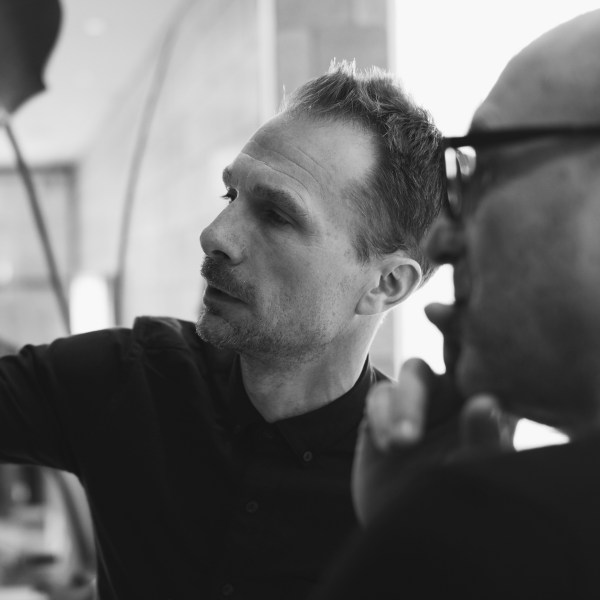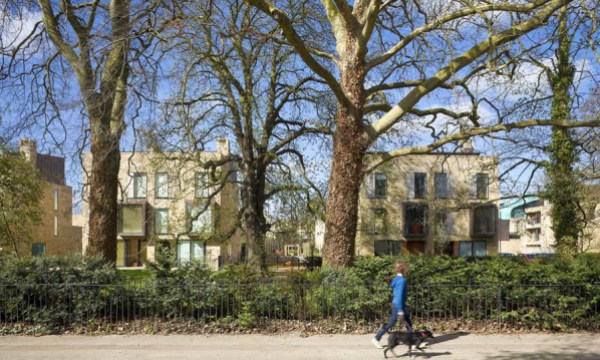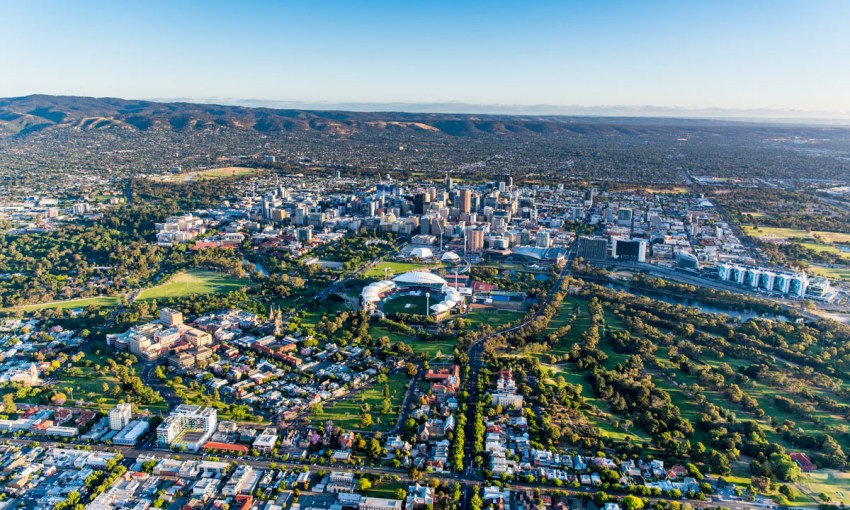If Adelaide wants to win back its place in the global liveability ranks, we should begin to marry density with good design, writes Studio Nine Architects' Nigel Howden.
Density isn’t a dirty word – yet
While making the school run as I head in to work, there isn’t a day I fail to appreciate the luck of living in Adelaide. Some say you make your own luck – but more on that later.
If familiarity does breed contempt, then arguably being from the ‘north of the south’, as my Scottish colleague likes to describe my patch of the UK, offers me a perspective on Adelaide viewed through a different lens.

Nigel Howden is a Principal at Studio Nine Architects.
After establishing his career as an Architect in the UK working for large-scale commercial practises, Nigel and his family moved to Adelaide in 2011.
Joining Studio Nine Architects in 2017, Nigel specialises in multi-residential and mixed-use commercial architecture.
Studio Nine Architects studionine.net.au.
Having lived in several European cities, and Sydney for a period, I often give a wry smile to myself during rush hour. I’ll come to one the main routes into the city, pausing with the stroller to look both ways before I cross, and only see a handful of cars.
Adelaideans are wonderful, kind, generous, forgiving people – until they get stuck in ‘gridlock’ for five minutes, getting overtaken by the ever-increasing numbers of cyclists and scooters.
A lot has changed in our wonderful city since I arrived 10 years ago. We’ve traded humility for confidence and possibility. The much-lauded changes to small bar licenses, and the proliferation of young, independent and progressive venues was the stimulus we needed. It brought vitality and populace to the city, and now quietly spreads into the suburbs.
Cities like Copenhagen and Dublin have gone through comparable transformations in the last decade, finding their confidence, amongst other things, through harnessing their culinary heritage.
With Adelaide recently placing third on the list of most liveable cities (a spot we sadly recently lost), inevitably we’re getting more scrutiny. It took a unique set of circumstances in the last three years to shuffle the standings, but this has also been a slow-burner for us.
Liveability is multi-faceted and means many different things to many different people. First and foremost, it must be equitable. Physical and mental wellbeing underpin everything.
Melbourne is an incredibly vital and cultured city, and one which has transformed immeasurably since I first visited over 20 years ago.
In the city of Melbourne, an influx of small apartments with poor natural light, ventilation and little or no external private open space certainly doesn’t help. In the suburbs, poorly coordinated sub-divisions, without the infrastructure to support the increase in density, exacerbate the challenges.
Guidance documents, now hurriedly being updated in the wake of the last three years, set the minimum standards, but arguably don’t go far enough.
Density isn’t a dirty word, though, as it can bring cohesion, social ties and vitality. In the UK, schemes like Accordia and Goldsmiths Street are winning architecture’s prestigious Stirling Prize for delivering sustainable (in every sense of the word) higher density places to live and thrive.
Closer to home, projects which favour communal spaces over cellular private resident amenity are delivering desirable higher density living. Cars are out, green space is in.
So as the Adelaide skyline transforms, through increased density and building height – with the ripple effect that has on the suburbs – and with the recent fundamental shifts in how people now live, we have a unique opportunity to bring these two threads together to create a truly liveable city.

The award-winning Accordia, in Cambridge, England
So back to the luck part. As designers, we hold a significant responsibility in shaping our environment and to push the agenda. As the world quietly emerges from behind closed doors, it’s now that we need to apply our collective smarts.
In the housing sector we quickly need to question what’s important. If you accept, for a moment, that dwelling sizes won’t increase because space is at a premium, then it’s about approaching the brief differently. Homes are more than ever 24/7 spaces. We should design for owner-occupiers, not investors.
Spaces need to be flexible to cater for a range of modes. What is more valuable: having three bathrooms, or an external amenity space, which are proven to be crucial for people’s wellbeing, with aspect, greenery and sufficient space to have breakfast with your family?
Study ‘nooks’, best described as a small bench in a hallway with no view, are out, and dedicated study rooms – which aren’t a bedroom – are in.
Transition zones, already popular in some Asian countries, will be more prevalent as we manage the sanitation boundary between outside and in.
The more time we spend at home the more ‘tuned’ we become – so good acoustic and thermal insulation are critical. Fresh air is, perhaps not surprisingly, non-negotiable.
Buyers were already becoming far more discerning and asking pointed questions on everything from finishes to sustainability initiatives. This level of scrutiny will only increase as homeowners become more educated in how their homes need to perform.
As a profession, we need to join these dots between buyer awareness and what ultimately gets built. How would you like your next home designed – by spreadsheets or by evidence-based research and innovation?
So, for the time being I’ll continue smiling on my commute – because we are living in a unique moment of opportunity to deliver a truly vibrant, liveable and equitable Adelaide.




